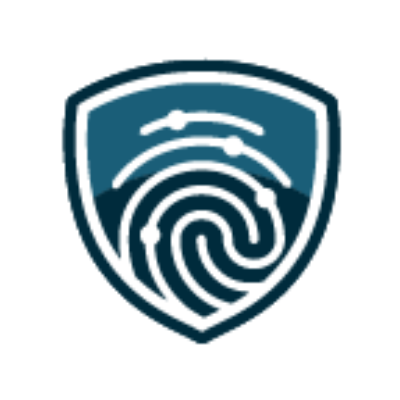Cybersecurity Tracks
Get On Track
Choose one or multiple tracks, and pursue your interests.
The 12-course, 34-credit curriculum was designed with input from industry experts to ensure you gain skills that line up with current market demands. Part of that design centers on four tracks so you can develop specific career skills in different areas of cybersecurity.




Which Track is Right for You?
Whether you choose one or multiple tracks, the UW Cybersecurity program prepares you to work in diverse cybersecurity areas. Here are some backgrounds that connect well with each track.
| Track | Career Experience | Skills |
|---|---|---|
| Digital Forensics | Law Enforcement or Military | Computer criminology, network forensics, digital evidence investigation techniques, forensic iconology |
| Cyber Response | System Administrator | Security infrastructure, incident remediation, active defense techniques |
| Governance & Leadership | Executive Level Leader or Business Minded | Executive leadership and communication, security administration, cybersecurity management, risk management |
| Security Architecture | Experienced Technologist | Modern cryptography, foundations of engineering secure applications, cyber-physical systems, secure cloud computing |

Digital Forensics
Think of it like a forensic analyst in a crime show: they examine crime scenes, analyze evidence, record observations, catalog data. Data forensics, as the name implies, does the same thing – just with digital evidence. This track is the recovery, investigation, examination and analysis of material found on electronic media.

Cyber Response
The cyber response track means you’re the defense for your organization. So, when businesses like Target or Yahoo experience security breaches, their cyber response teams are on the front lines, working to contain the breach, mitigate damage and ensure it won’t happen again. You’ll identify, manage, respond to and prevent security threats.

Governance & Leadership
This track ensures information security strategies align with business objectives that follow relevant laws and regulations. You’ll determine how your business prevents, detects and responds to security breaches.

Security Architecture
Like an architect designs a house, you'll design the framework that defends your organization against cybersecurity attacks. The simplest kind of framework? Passwords. But it gets more and more complicated the deeper you go into security architecture. In order to succeed in this track, you’ll need a deep understanding of all aspects of information technology.

Let's Connect
As part of UW Online Collaboratives, we are supported by their advisors. If you have any questions, get in touch with them!